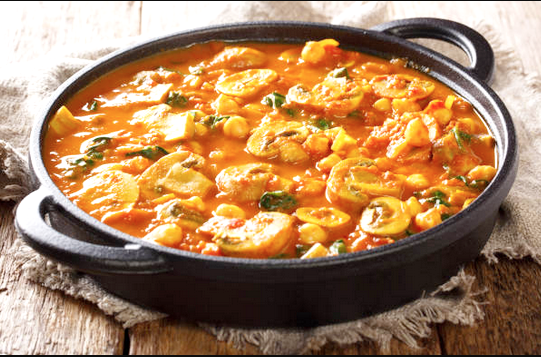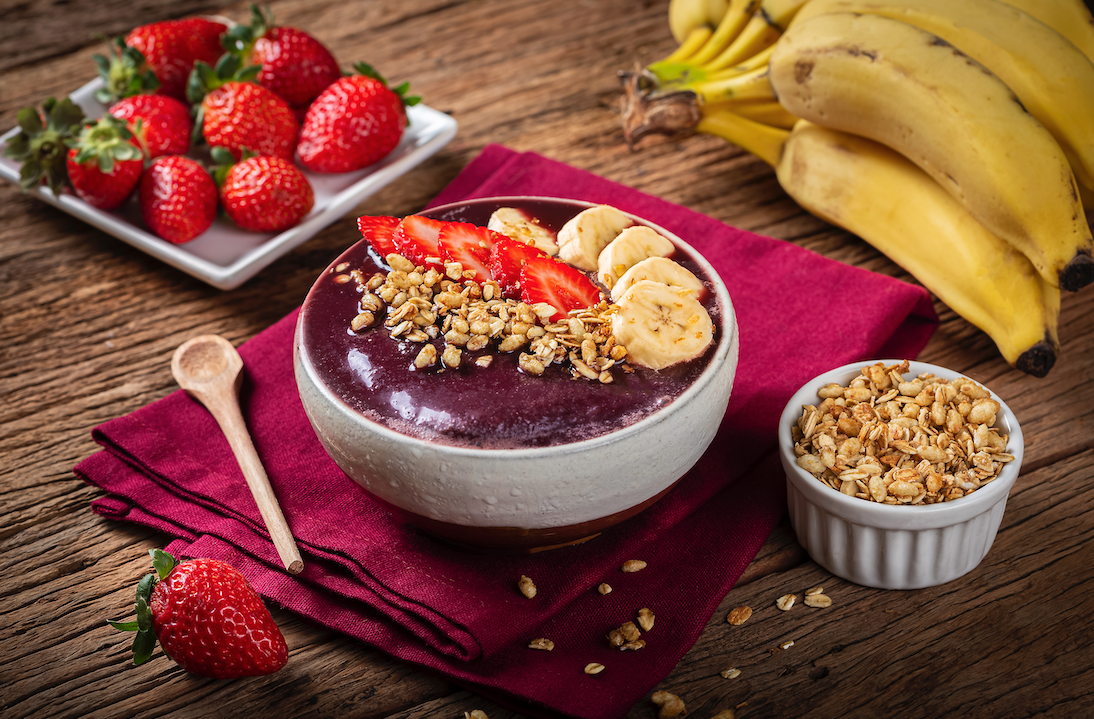
Hyssop
Hyssop was mentioned in the Bible for its cleansing effect. It is herb of the mint family, and it was used in folk medicine, and as a flavoring.
Usage
Digestive problems
Hyssop is used for digestive and intestinal problems including liver and gallbladder conditions, and intestinal pain.
Common cold
Can help treat common cold and respiratory symptoms.
Antibacterial
It has antibacterial properties, and it can help with skin irritation.

Ancient Herbal Therapy
It is known that this plant has long been used to treat various diseases. It is mentioned in old herbs, written about by Galen, Dioscorides, and Hippocrates.
Even in ancient times, Egyptian priests used the medicinal plant for washing because they knew about its bactericidal properties. In Asian countries, it was used in cult rituals and to purify holy places.
In folk medicine, it is used to treat bronchial asthma, bronchitis, laryngitis, and other respiratory diseases, anemia, neurosis, pyelonephritis, menopause, gastritis, enterocolitis, constipation, bloating, sweating and other diseases, in many forms, such as herb infusion, tincture, tea or lotions for external use.
How to use hyssop?
Make a Tea
Tea might help with blood sugar-lowering benefits, based on some studies.
As a Supplement
Available in liquid extracts, capsules, and powders for digestive and intestinal problems, etc.
Cream
It help smoothes the skin, and is used in creams with other herbal options.
The Romans used hyssop as an aphrodisiac!
Egyptian priests used the hyssop plant for washing.
It was used in cult rituals and to purify holy places.
It is also used in the preparation of liquor and perfumes.
About
Hyssop (Hyssopus officinalis L.) Is a well-known medicinal, aromatical, and culinary herb. It possesses insecticidal, attractant properties, and is a honey-bearing plant as well. The leaves and flowering tops of hyssop are employed in flavouring for salads and soups. It is also used in the preparation of liquor and perfumes. It is also used as a pot herb.
Composition
Hyssop oil is used as a flavouring agent in bitters and tonics and also in perfumery. In small quantities, it promotes expectoration in bronchial catarrh and asthma. Oils of hyssop commonly are characterized by pinocamphones, but their compositional variability is broad. Essential oils, exhibiting allelopathic, antibacterial, and antifungal properties are active against many plant pathogens.
Even more, the oils show potential antifungal and antimicrobial activity against many foodborne pathogensare that are very useful in order to improve organoleptic properties, to inhibit spoilage, and increase the shelf life of food products.
Science
The plant has been used traditionally for medicinal purposes; generally, these therapeutic uses and health benefits of hyssop are largely based on folklore rather than on scientific substantiation, making it a good candidate to gather documentation, including the phytochemical content, in vitro experiments, animal models and human studies available in the recent scientific studies. Reports on essential oils extracted from aerial parts of H. officinalis revealed several principal components, including terpenoids pinocamphone, isopinocamphone, and β-pinene. Hyssop has moderate antioxidant and antimicrobial activity against Gram-positive and negative bacteria activities together with antifungal and insecticidal antiviral properties in vitro.
Animal model studies indicate myorelaxant, antiplatelet, and α-glucosidase inhibitory activities for this plant. However, human studies, adverse reactions, and clinical trials examining the reported properties of hyssop are absent and need more attention to determine whether biological differences in findings of the studies reflect the different isolation procedures, different types of plant material used, collection time, locations, or different chemotypes.
Safety
The plant contains a high content of essential oils, so it should not be used for treatment during pregnancy and lactation. It is undesirable to use hyssop-based products for children under the age of two. Hyssop remedies are categorically contraindicated in epilepsy, neuropathy, and hypertension.
Overdose can lead to muscle spasms. Recommended course of treatment: no more than 30 days. In the case of the second course of treatment, there is an obligatory break of 2-3 weeks.
Fun Facts
The famous French liqueurs Bénédictine and Chartreuse contain hyssop as one of the major ingredients.
-
Tahir, M., Khushtar, M., Fahad, M., & Rahman, M. A. (2018). Phytochemistry and pharmacological profile of traditionally used medicinal plant Hyssop (Hyssopus officinalis L.). Journal of Applied Pharmaceutical Science, 8(07), 132-140.
Andrews, A. C. (1961). Hyssop in the classical era. Classical Philology, 56(4), 230-248.



